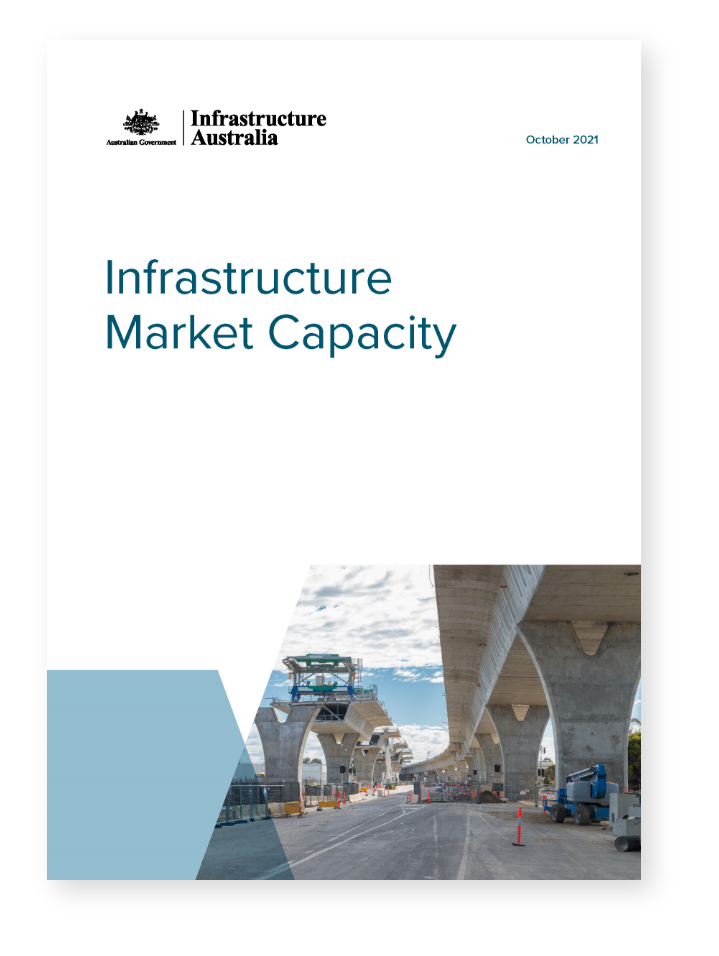03 Nov Australian Infrastructure Market Capacity report

More engineers, materials and labour. These things are what Australia will need to meet the surge in public sector infrastructure spending according to Infrastructure Australia’s Infrastructure Market Capacity report.
The report, commissioned by the Council of Australian Governments in March 2020, points out the various factorsthat will impact on the completion timelines for public sector infrastructure and that governments and industry will have to address.
In the next three years major public infrastructure activity will approximately double requiring another 105,000 personnel working in the sector on top of the 183,000 people that do already today. However, 34 out of 50 public infrastructure occupations are expected to be in shortage with acute shortages of engineers likely, including civil, electrical, geotechnical, structural and mechanical.
Problems with meeting the demand for skills is exacerbated by the geographic concentration in the major states of New South Wales, Victoria and Queensland where 79 per cent of the engaged public infrastructure workforce is. Broken down further, the engaged workforce is highly concentrated in the major cities, creating issues with capacity in the regions. Another factor is the ageing of the engaged workforce with estimates that 40 per cent will retire in the next 15 years.
Bridging the gap between supply and demand to deliver the public sector infrastructure work will be no easy fix according to the report. While skills from associated industries (e.g. residential and commercial construction) can be transitioned to the public sector infrastructure, there are lag times for training and upskilling. The problem is even more acute for highly specialist skills like in the railway industry where the necessary skills can usually only be developed through working in the industry. And while the recommencement of overseas skilled migration will help, it will not be the solution to skill shortages.
The report also cites barriers to interstate mobility in Australia created by the various state and territory regulatory schemes. Better coordination between states and territories would ease this burden.
Key findings of the report
- A forecast average annual growth rate of 33% as industry reports reduced confidence in their capacity to deliver on-time and on-budget.
- Industry indicates a high confidence of delivering 10- 15% annual growth, but a low confidence in delivering growth over 18%.
- Demand for plant, labour, equipment, and materials will be two-thirds higher than the previous five years.
- Over the next three years it is expected there will be:
- 120% average growth in demand for materials
- 125% growth in demand for equipment
- 140% growth in demand for plant
- The peak of demand for skills is 48% higher than supply. Meeting this demand would require annual growth of 25% over the next two years, which is more than eight times higher than the projected annual growth rate of 3.3%.
- 34 of the 50 public infrastructure occupations identified
are potentially in shortage.
For more information on the Infrastructure Market Capacity report visit infrastructureaustralia.gov.au.

 MY ACCOUNT
MY ACCOUNT
